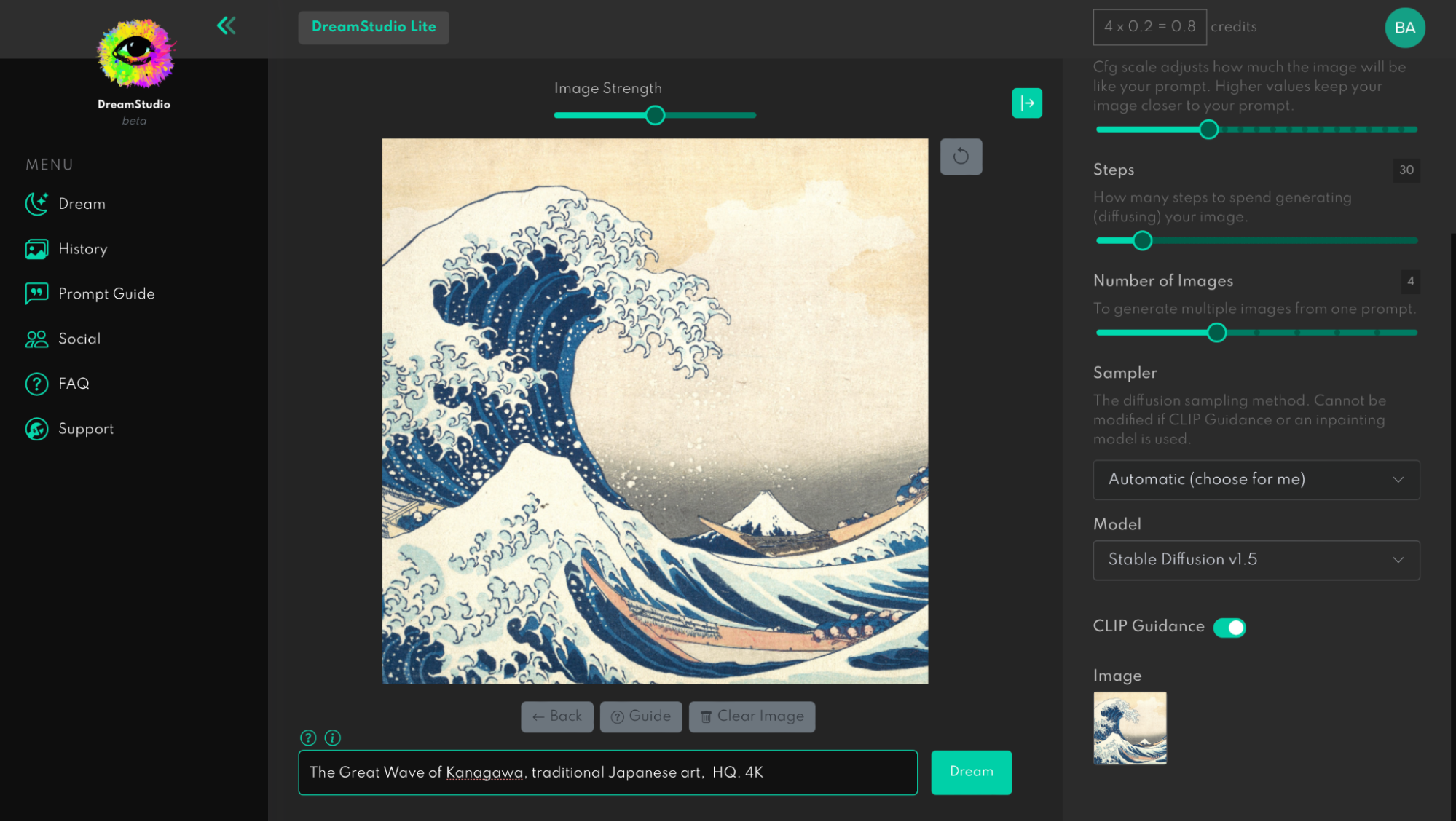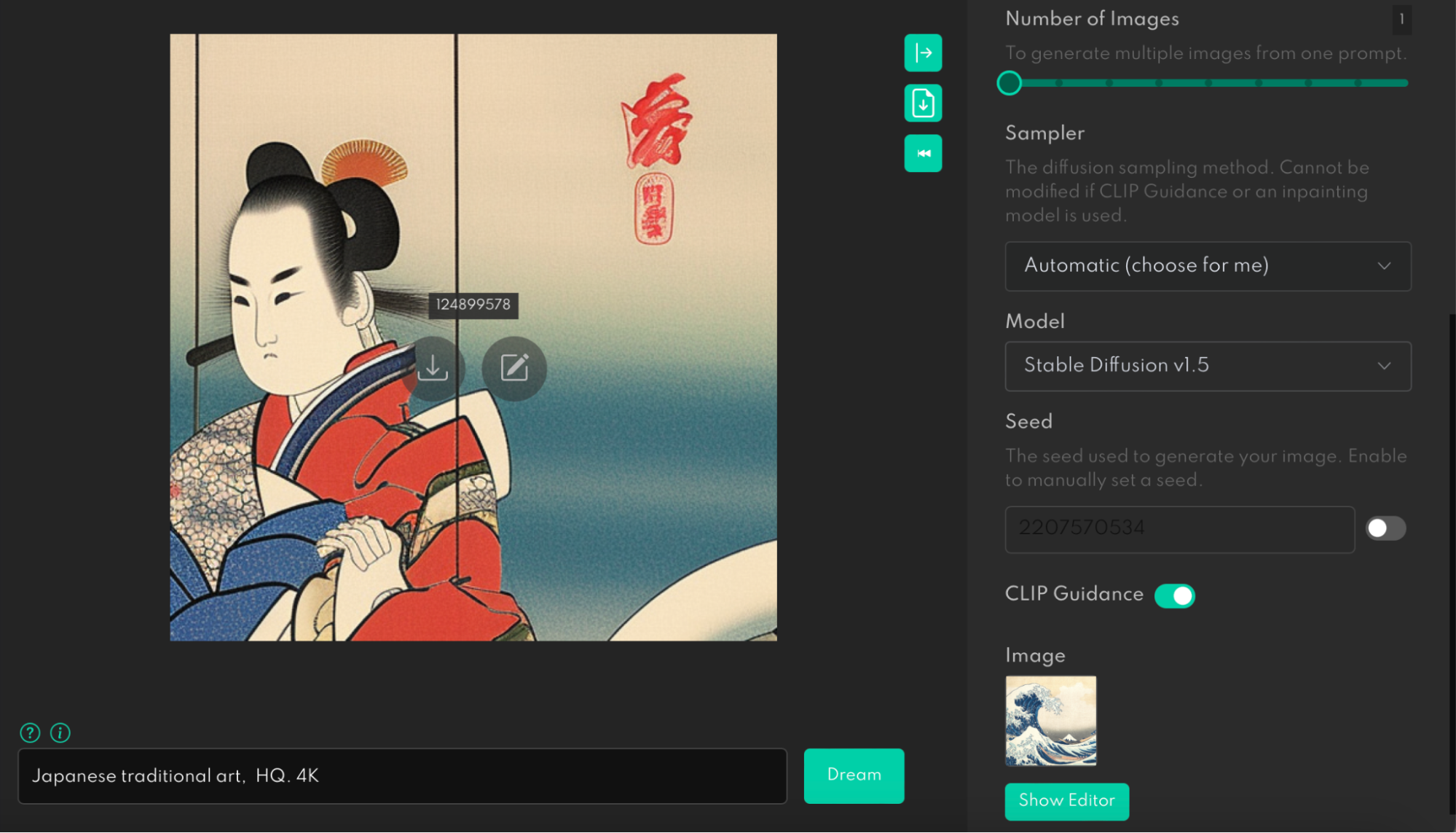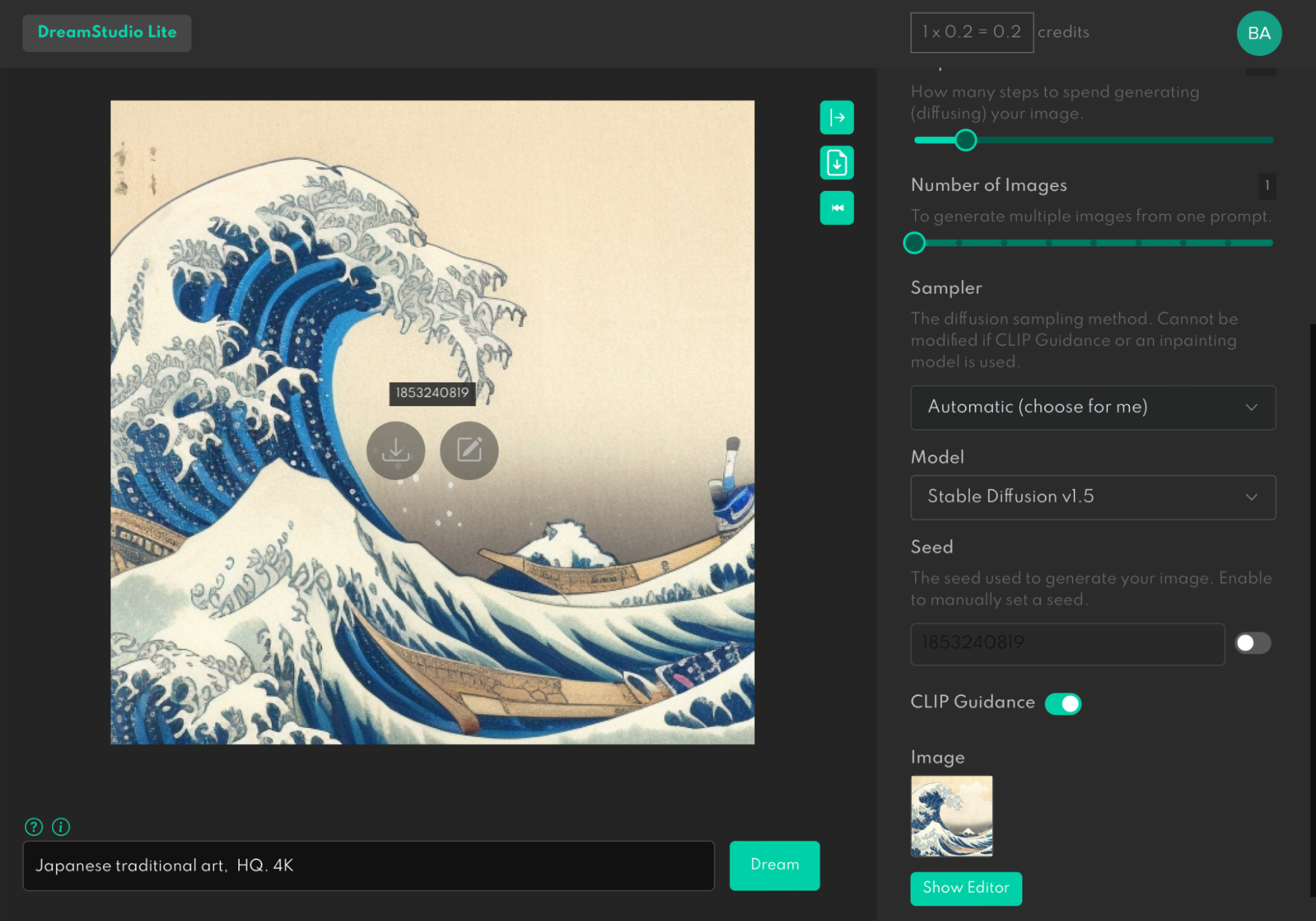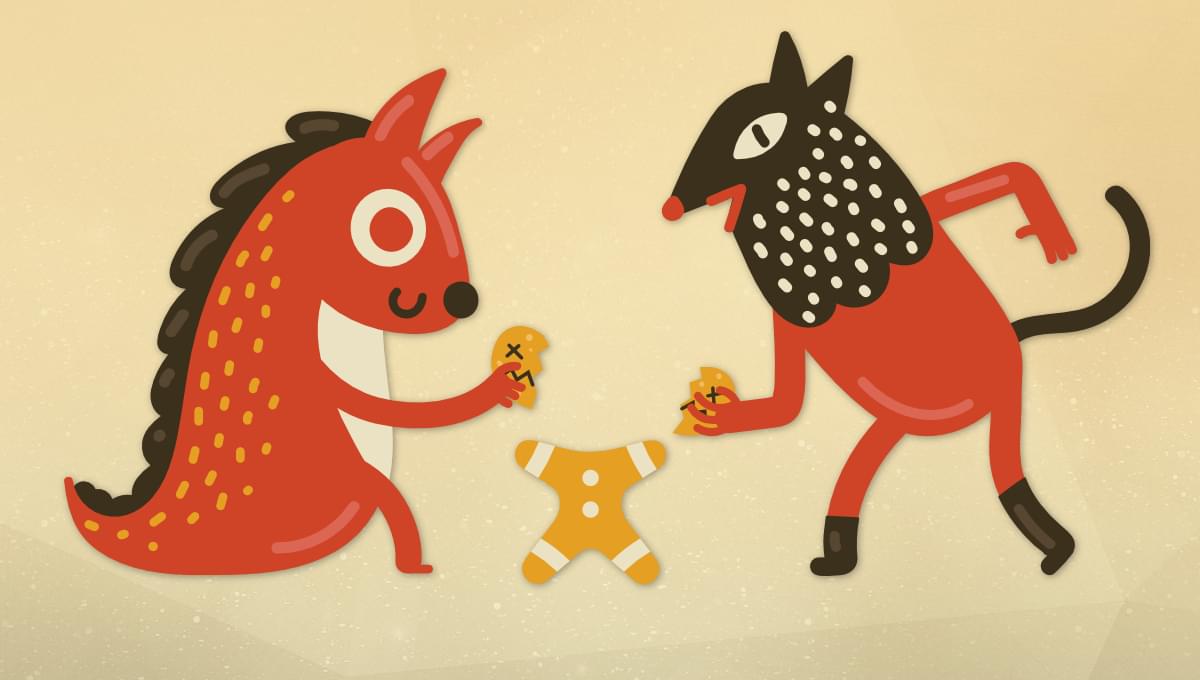How Blockchain CRMs will Simplify Marketing for Brands
Original Source: https://www.hongkiat.com/blog/blockchain-crms-marketing/
Blockchain’s fallen out of favor thanks to the astronomic rise of AI and ChatGPT.
There are pros and cons to this.
On the pro side, a lot of the “make money quick” crowd and scammers that had such a negative effect on the image of blockchain brands have moved on.
They generally follow the money and that seems to be moving to AI for now.
The con side is that, as public conversations have moved away from blockchain, most people’s lasting impression of the space will be one of the scams, hacks, and shady actors.
Which is a real shame. These people will still be thinking that blockchain is nothing more than cryptocurrency exchanges or NFTs that are simple PFPs.
A little digging into the space will show you that there are some really cool solutions being created. Solutions built on blockchain that aim to make life easier by solving real-world problems.
one of the most powerful upcoming developments, in my opinion, is the growth of blockchain-based CRMs.
These things are set to revolutionize the way brands do business and attract new users. But no one wants to talk about them because there’s a lot of cash being thrown around in AI right now.
I’ll explain why these tools are so powerful shortly. Before I do, we need to understand even the basics of the blockchain and how apps work within the ecosystem.
A little blockchain 101
I won’t go into great detail on blockchain here. There are plenty of great guides online to explain what blockchain is and how it works.
In short, blockchain is an immutable public ledger. In simple terms, a record of transactions that anyone can see and no one can alter.
For example, if you know the wallet (kind of like the username) someone uses, you can see how they’ve interacted with blockchain projects.
Take the below as an example.
It’s a screenshot from a service called Etherscan, which helps you look at the on-chain data (information from blockchain transactions) to understand how someone is interacting. In this case, specifically with people and brands based on the Ethereum blockchain.
This is one of my own wallets we’re looking at.

You can see what that wallet has interacted with and, if money has been sent, how much, and to whom.
Which is kinda cool.
But how does this actually help any businesses?
The business opportunity a public ledger provides for brands
Here’s where I think the real opportunity for marketers and brands in Web3 lies.
Co-promotions and networking have always been great for brands and businesses to quickly increase their reach.
Find a brand that’s not a competitor but has an overlapping audience, and work out some form of co-promotion to expose your offer to their audience.
A simple promotion like this can bring hundreds or thousands of new users.
The problem, right now, is that getting a collaboration like this approved can be timely and it’s not guaranteed.
You could spend days pursuing a potential collaboration only to finally have the other side say “no thanks, it’s not the right time for us”.
In Web3, everything is public on the blockchain, meaning you can find people who like offers similar to yours without having to go through any gatekeepers.
Let’s head back to my wallet and look for an example.
As you can see below, I interacted with a wallet owned by Binance, the largest crypto exchange.

If I click on the link that says “Binance 18” it’ll bring up all of the people who have interacted with that specific Binance wallet.

It’s basically a huge list of people interested in and who use one of the world’s biggest cryptocurrency exchanges.
If I have an offer that would appeal to those people, I can easily pull a list of them without breaking any confidentiality rules because the list is publicly available.
Imagine if you could do this with an email list.
How valuable would it be to head to a website where there’s a publicly available list of emails who have bought from brands like yours?
That’s essentially what this is.
The only difference is you’re getting access to an identifier. not a communication channel.
Current problem with blockchain data & how CRM could solve it
The first major problem you’ve probably noticed is that your list of “people” is nothing more than weird strings of letters and numbers.
With that being the only identifier, you can’t realistically reach out to them.
If you do want to reach out to them, you have to somehow marry that string of characters to a channel where you can make contact.
I’ve seen plenty of Web3 projects try this. They generally have to resort to using a simple excel sheet which, as you’d imagine, becomes quite cumbersome and difficult to manage.
Here’s the process they often use to populate the sheet with ideal users.
Click through the “to” wallet address
Check if they’ve registered an ENS domain (those .eth usernames)
If they have, head to a platform like Twitter and search for that ENS Domain
Hope they also use it for their Twitter account
If they have, add them and their Twitter account to the sheet

This process has a low hit rate of matching wallet addresses to social accounts.
It’s also massively time-consuming.
This is where a good Web3 CRM comes in. A blockchain-based CRM is built around user wallets.
You’ll be able to quickly build a list of wallets interested in similar offers to yours and add them to an excel list.
Which is great for 2 reasons.
You don’t have to waste time manually building lists of long confusing character strings
It preserves the user’s personal details and privacy – all you have is their wallet address
But hold on, you might be thinking, how do you then reach out to these users if you just have a wallet address?
Here’s the cool thing.
The better blockchain CRMs will allow you to add these users to marketing funnels that are built around their wallets.
For example, you’ll be able to send those wallets a simple airdrop NFT (something you send to their wallet for free).
According to Blocksee, these Airdrop campaigns have a 100% delivery rate as opposed to emails average open rate of 17-28%.
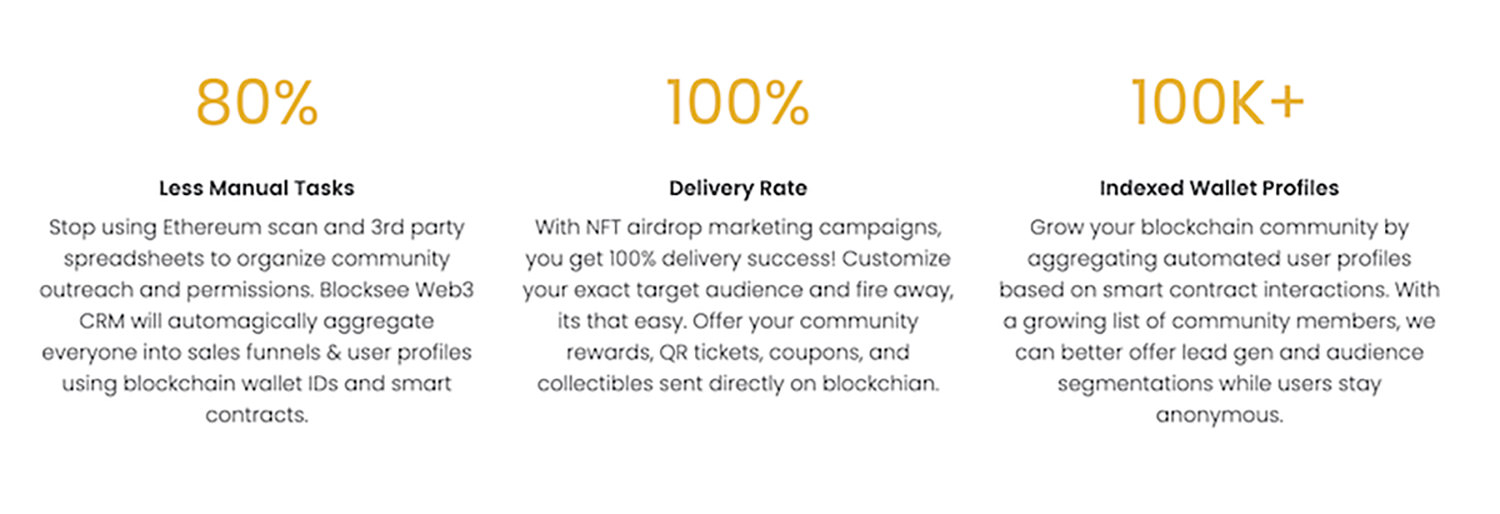
That delivery rate should mean your outreach is seen by more people. Add a great incentive, say a 10% discount, if they sign up for more, and you’ll populate your customer list with a lot of new interested people.
And as they’ve now opted in, you have their details to add them to a more traditional nurture sequence for more sales.
All this in a fraction of the time it would take to do manually.
It should also provide far better results as the offers are based on people who have exhibited an action showing they like offers similar to yours.
There’s a growing number of blockchain CRMs on the market (we have a growing list of the best Web3 CRMs here), but if you’re thinking about trying one out, here’s what you want to be looking for.
Dashboard that collates potential customer wallets
Great CRMs have always been about segmenting your potential customers so you can hit them with the best offers at the right time.
CRMs in Web3 are no different. The benefit here is that they can (and should) pull wallets from blockchain transactions and collate them into relevant lists for you to market to.
For example, you could set them up so they pull people into lists like…
Interacted with direct competitor
Interacted with indirect competitor
Interacted with brands covering similar interests
Who our customers have interacted with
You’ll end up with a wealth of information and multiple lists for marketing.
From there, you’ll be able to generate better campaigns. For example…
Use data to inform campaigns within the CRM
A good CRM is about more than segmentation. It’s also about communication.
With lists of people who have interacted with your competition and knowing which other brands your users love, you have a very powerful set of data.
The CRM should then let you run targeted marketing campaigns. That might include…
Marketing to interested users
Once you’ve found users interested in similar offers, you could airdrop (send something to their wallet for free) them something that entitles them to a freebie with your offer.
You know they’re interested in what you do. They just might not know you exist.
So giving them a freebie or welcome discount could get them to your brand without any real hassle on your part.
Imagine if Adidas could message everyone who’s bought a pair of Nike’s in the last year an offer to get 10% off a new pair of shoes.
Finding new collaborators
Marketing tends to follow patterns.
If a large portion of your best users is also great customers of Brand X, there’s a chance that Brand X has other users that would love your offer.
And that you have users who would love theirs.
Armed with the data of the overlap, you could reach out to their team and see if there’s a chance of a co-promotion to benefit you both.
Because you have the data that X% of your users also use theirs, it’s a much easier sell.
Simple data and analytics readouts
Finally, you’ll want decent data readouts.
This way you can better track how the campaigns you’re running are working and figure out what to drop and what to double down on.
In summary
To cut a long story short, a lot of people are trying to move on from blockchain. Its sexiness has been taken over for now by AI.
Thing is, there are some really powerful benefits to having a public ledger.
It’s basically a big list you can filter to find people who have taken action that shows they’re interested in what you offer.
A decent wallet-based CRM will allow you to filter and organize those potential customers so you can reach out to them with offers that bring them to your brand.
When else in history has there been such a simple yet powerful way to approach people who could benefit from your brand’s offer?
The post How Blockchain CRMs will Simplify Marketing for Brands appeared first on Hongkiat.

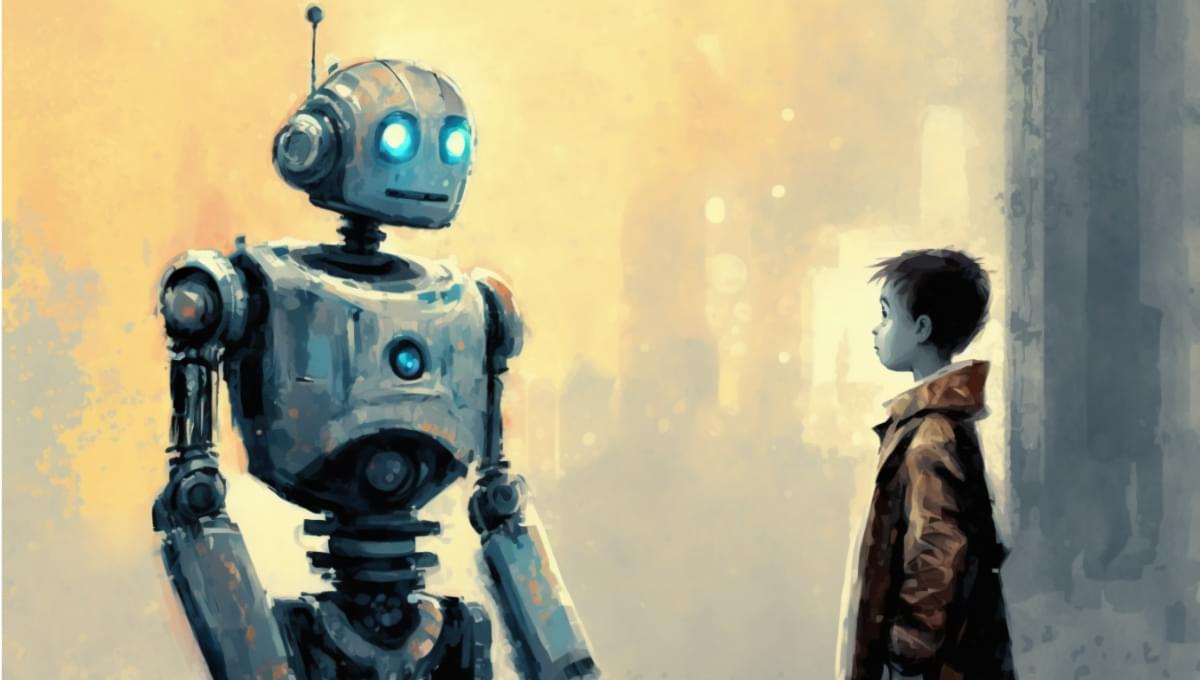
 Human-made design: glass reflection CGI. A few seconds of rendering was 87 hours on 5 RTX. (Image by Gleb Kuznetsov)
Human-made design: glass reflection CGI. A few seconds of rendering was 87 hours on 5 RTX. (Image by Gleb Kuznetsov)





